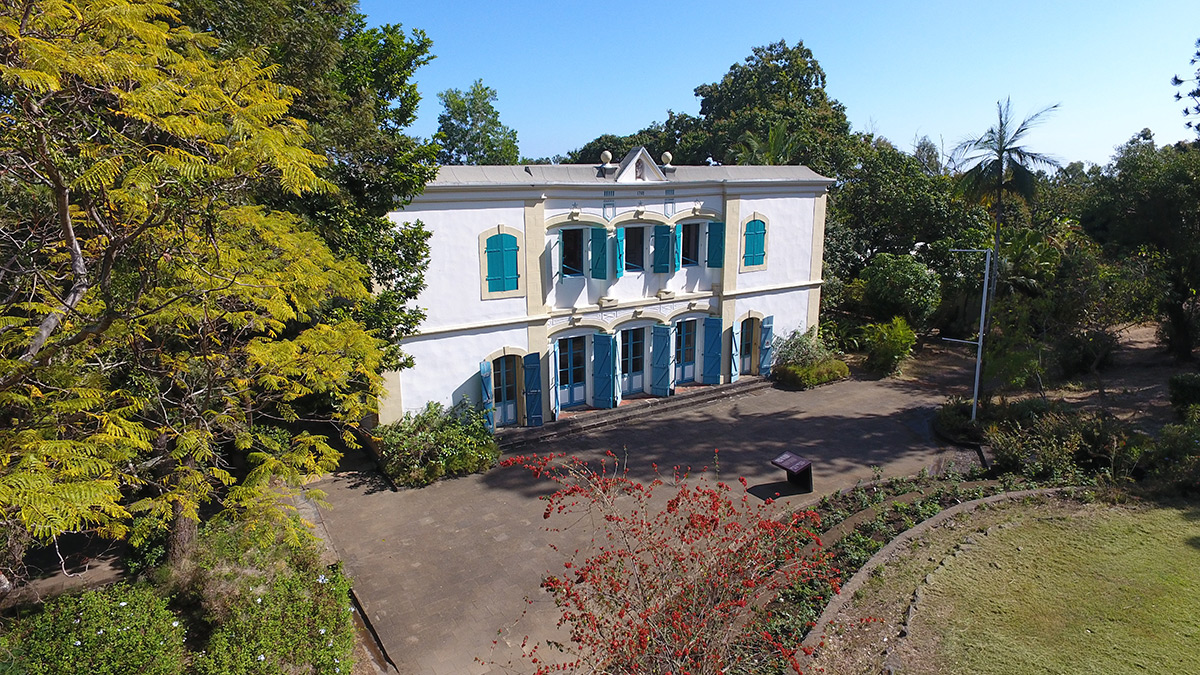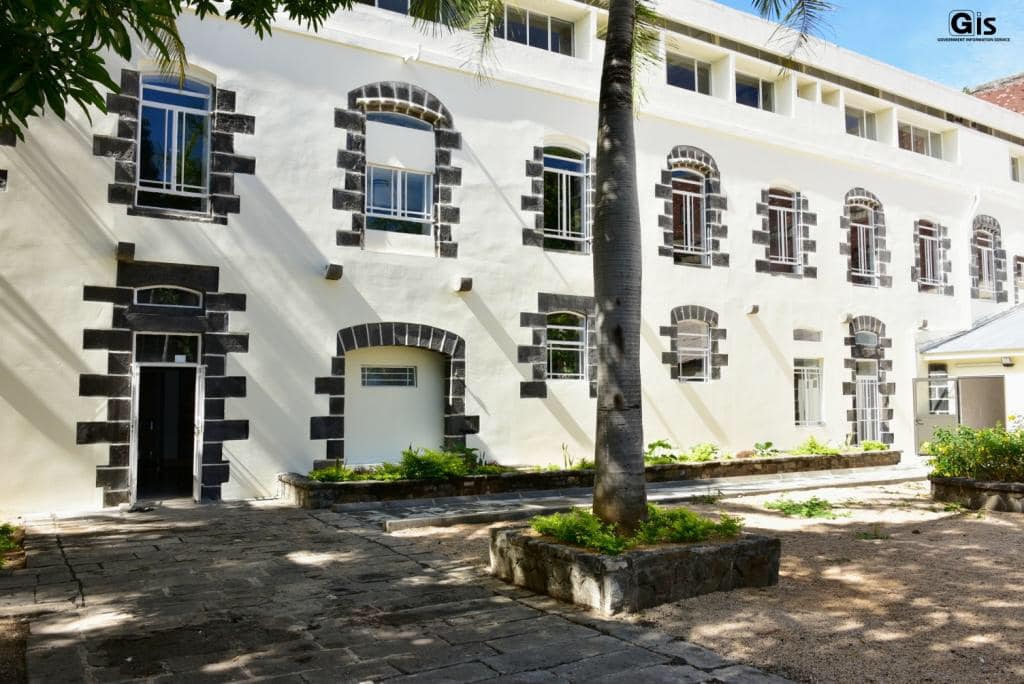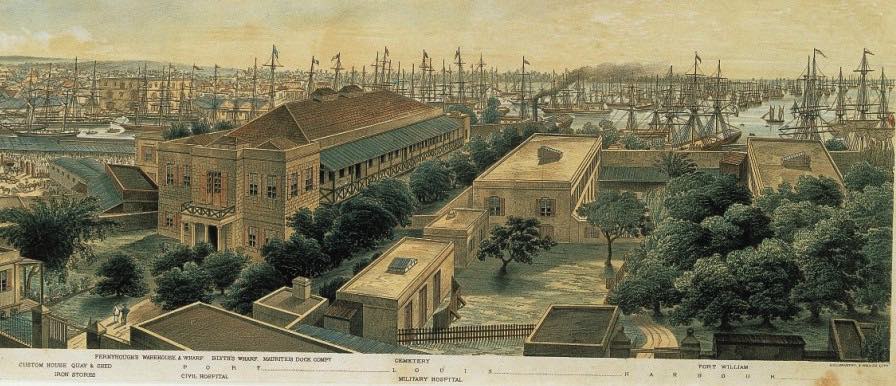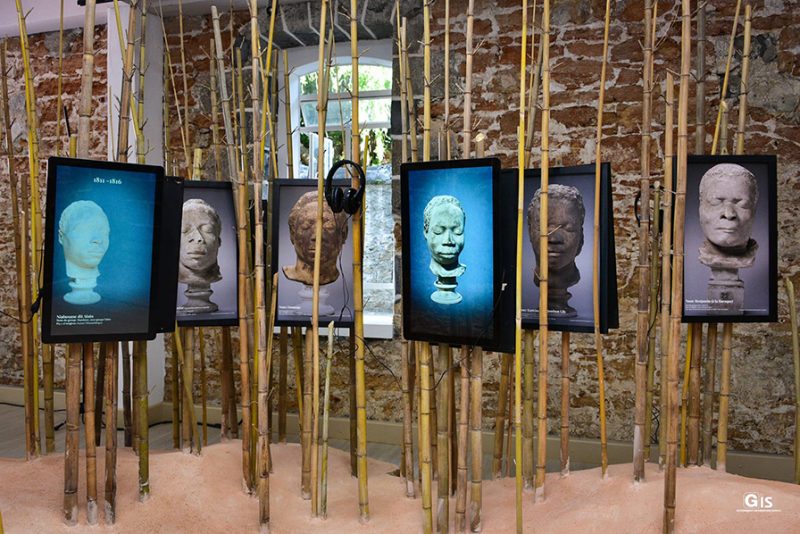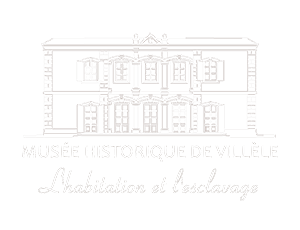An article written by Audrey Carotenuto, Historian
During the final century of slavery, the slaves working on Reunion island did always kowtow to their masters, patiently awaiting a hypothetical emancipation in a society that would suddenly become benevolent. The colonial violence they underwent was a daily reality that they attempted to protect themselves from.
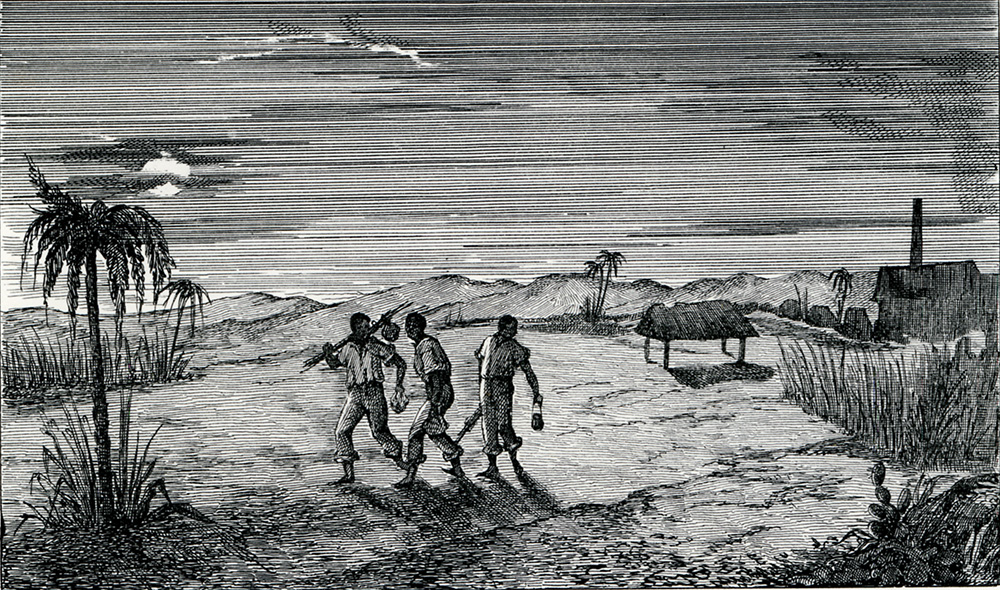
Collection of Reunion departmental archives. Administrative and historical library, inv. BIB2896.12
Their acts of heroism, while perhaps not spectacular, involved ways of adapting to the ferocious constrains of a repressive society. From the very beginnings of the period, they thus perpetuated means of resistance in a perspective of permanent adjustment.
Three examples taken from the legal archives will be used to focus on the three main means of opposition to slavery and will highlight certain quantified and comparative findings around the final century of slavery.
The first important group is that of resistance through preservation. The slaves shared a common history of cultural uprooting; each element of preserved tradition, whether through dancing, singing or telling stories, was a victory in the face of the destruction of their identity. Certain woman, by preventing childbirth, refused to give birth to further violence. But it is physical preservation that is the most clearly visible in the archives, since this led to illegal acts.
The second group was that of resistance through escape: maroonage was the form of denial the best adapted to the island’s geography, filled with hostile and uninhabited crags; reflecting the inability of the newly-arrived Blacks to adapt or the nostalgia experienced by Madagascans, actions of escape might be impulsive, short-tem or permanent. Escape by sea, concerning mainly Madagascans, reflected the dream of returning to the land of their ancestors.
Finally, resistance through violence, involving deterioration of means of production or directly aimed at the settlers, covers all forms of violence applied by slaves attempting to break their chains, including self-inflicted violence.
